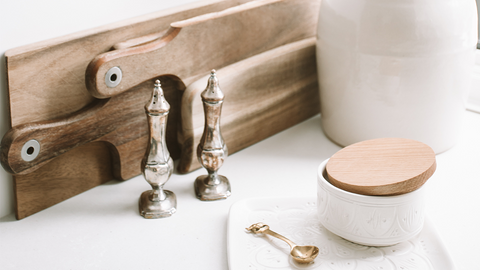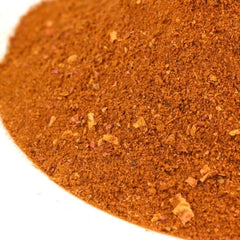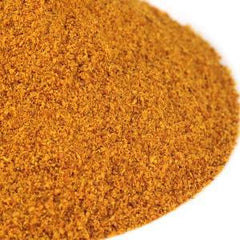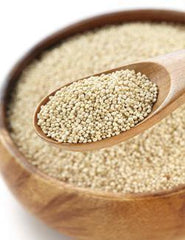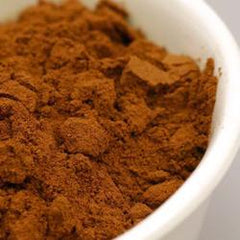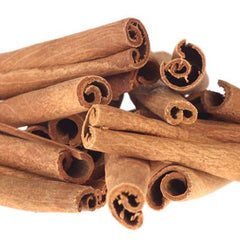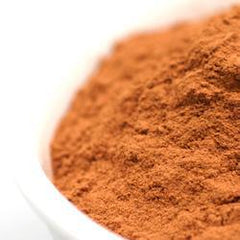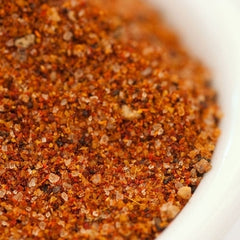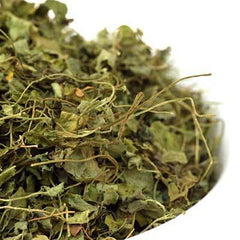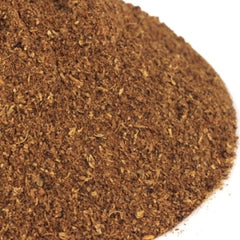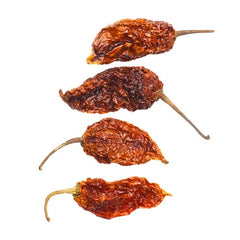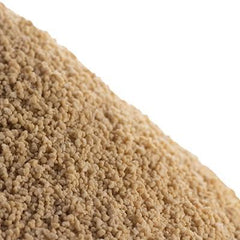Categories
- Cookware
- Bakeware
- Cutlery
- Coffee Machines and Accessories
- Smoked Cocktail and Food Tools
- Personal Care
- Wellness Mats
- Made In
- Kettles
- Greeting Cards
- Kikuichi Cutlery
- Marcato
- Smithey Ironware
- Cheese
- Funky Chunky
- Millican Pecan
- Porter Road
- Xocolatl Small Batch Chocolates
- Heritage Steel
- Middleton Made Knives
- Diabetic Kitchen
- Chocolates
- Water Filtration Systems
- Copper State Forge
- Preparation, Organization & Storage
- Butcher Block/Cutting Boards
- Textiles, Towels and Aprons
- Fruit & Vegetable Tools
- Food
- Artisanal Spice Shop
- Brining, Basting & Roasting
- Tongs
- Cleaning & Sanitizing
- Spatulas & Turners
- Smoked Food Tools
- Ceramic & Glass
- Cheese Brothers
- Asheville Tea Company
- Coffee
- Specialty Tools
- Wine & Bar Accessories
- Seafood Tools
- Chocolates
- Coffee Makers
- Coffee & Tea Accessories
- Ladles, Whisks & Spoons
- Bitters & Mixers
- Grilling
- Measuring Cups & Spoons
- Serving Tools
- Zesters & Graters
- Coasters & Magnets
- Openers, Funnels & Strainers
- Oil & Vinegar
- Scales
- Temperature & Time
- Salt and Pepper Mills, Storage & Shakers
- Kitchen Appliances
- Bowls
- Flavoring & Food Coloring
- Vitamix
- Egg & Butter Tools
- Chef Apparel
- Anti-Fatigue Mats
- Jura
- Leather Accessories
Featured posts
Sage Cut & Sifted (ounce)
Sage herb originates from the northern Mediterranean region, but today is cultivated primarily in Europe (Albania, Italy, Turkey and Greece) and the United States (in California, Oregon and Washington). The most flavorful sage comes from the Dalmatian region of Croatia. It is considered the highest quality, best cleaned and processed product. Our sage leaves are cultivated in this region of Croatia. Sage may be most popular in European and Mediterranean cuisines especially in England, Italy and Greece. In Britain, sage is considered an essential ingredient to have in your kitchen, along with parsley, rosemary and thyme. In Italy, it is used with liver and veal; in Greece with meat stews. We do not consider Sage to be a subtle herb so we recommend that you use it sparingly, as it will easily overpower a dish. And because Sage doesn't break down quickly and lose flavor in the cooking process, like many herbs, you can add it earlier in the cooking process instead of waiting until the very end. We like to use sage when cooking sausages, poultry, pork, beef, lamb, veal and fish. It is also used around the holidays when preparing turkey and stuffing. Sage is good with balsamic vinegar, beans, biscuits, chowders, cream, cheese, cornbread, eggplant, lemons, pot roast, mushrooms, onions, soup and stew. It also complements red wine. Sage pairs well with basil, bay leaves, black pepper, garlic, lavender, oregano, rosemary and thyme. The name "sage" comes from the Latin word Salvere which means "to save". Ancient Greeks and Romans used sage to cure snake bites and to invigorate the mind and body. In the Middle Ages, sage was used to make tea which was said to treat a variety of ailments including colds, fevers, liver trouble and epilepsy. Today, sage is no longer used medicinally.

